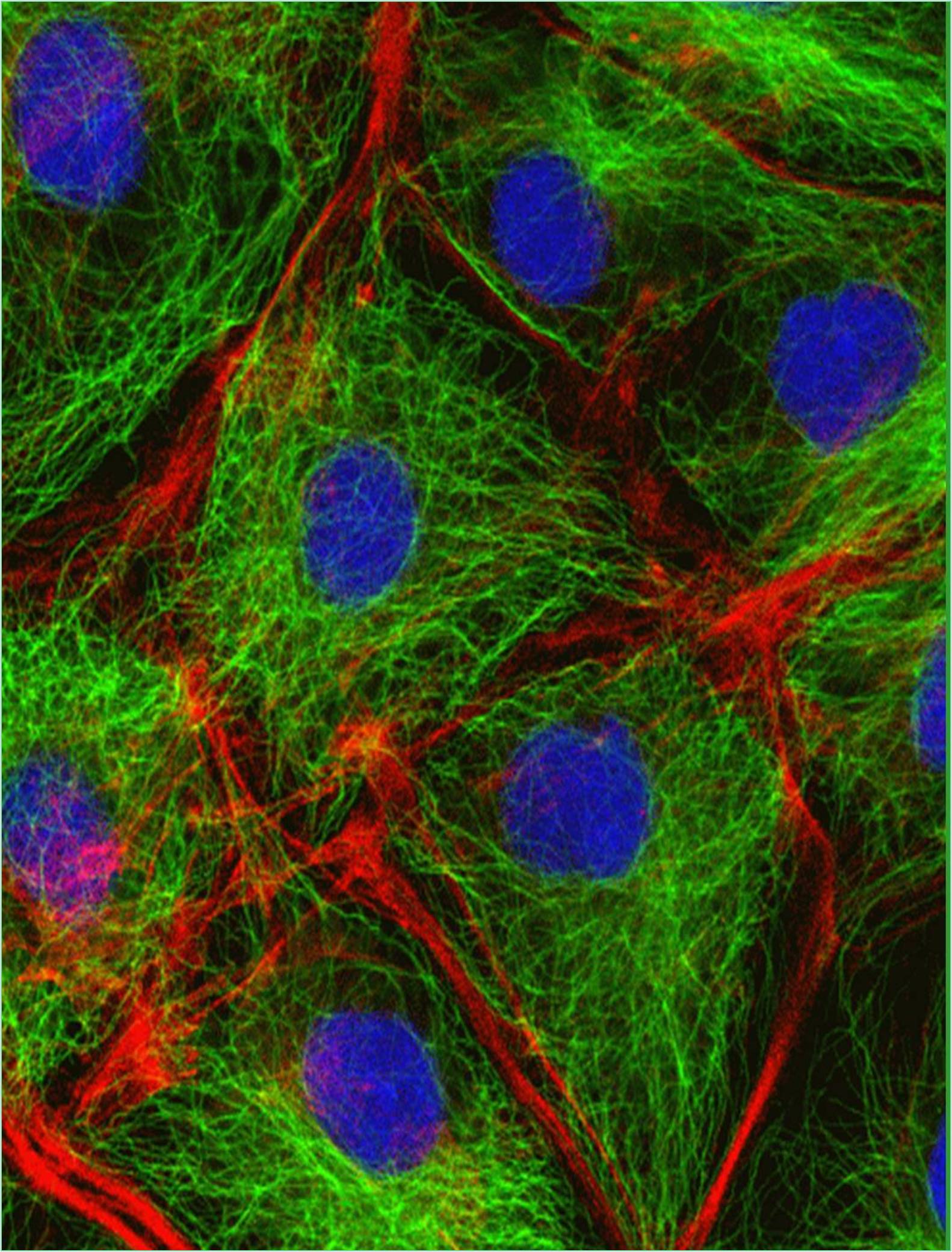



Received: 18-Jul-2022, Manuscript No. GJCMB-22-72440; Editor assigned: 21-Jul-2022, Pre QC No. GJCMB -22-72440 (PQ); Reviewed: 04-Aug-2022, QC No. GJCMB-22-72440; Revised: 11-Aug-2022, Manuscript No. GJCMB-22-72440 (R); Published: 18-Aug-2022, DOI: 10.15651/gjcmb.22.10.009
Procaryotic cells are often smaller and less complex than eucaryotic cells and this is also true of their genomes. The cell structure and function are drastically different as a result of the larger size. Additionally, numerous kinds of eucaryotic cells combine to create multicellular animals with a degree of complexity unequalled by procaryotes. Eucaryotic cells store their DNA in the nucleus a distinct internal space. The nuclear envelope which consists of a double layer of membrane separates the DNA from the cytoplasm. Procaryotes and eucaryotes differ from one another in other ways as well. Their cells are typically 1000 times larger in volume and 10 times larger in linear dimension. They have a cytoskeleton which is a network of protein filaments that crisscross the cytoplasm and along with the numerous proteins that bind them to create a network of girders, ropes and motors. The cytoskeleton gives the cell mechanical strength, regulates its shape and powers and directs its movements.
The nucleus is surrounded by a complex network of internal membranes many of which are engaged in activities linked to digestion and secretion. These internal membranes all share structural similarities with the plasma membrane. The nuclear envelope is just one of these internal membranes. Animal cells and the freeliving eucaryotic cells known as protozoa, which lack the strong cell wall of most bacteria can quickly change their form and engulf other cells and tiny objects by phagocytosis. They are all reflections of a primitive eucaryotic cell that was a predator and lived by capturing and devouring other cells. A big cell with a flexible plasma membrane and a complex cytoskeleton to maintain and move this membrane are necessary for such a mode of existence. In order to safeguard the genome from harm caused by the motions of the cytoskeleton, it might also be necessary to sequester the cell's lengthy, delicate DNA molecules in a different nuclear compartment.
Evolution of Eucaryotic Cells
Another characteristic of eucaryotic cells is explained by their predatory lifestyle. These cells almost universally have mitochondria as well. These are tiny structures in the cytoplasm that take up oxygen and use the energy from the oxidation of food molecules like carbohydrates to make the majority of the ATP needed to fuel the cell's functions. They are surrounded by a double layer of membrane. Similar to small bacteria in size, mitochondria have their own ribosomes that are distinct from those found elsewhere in the eucaryotic cell, their own transfer RNAs and their own genome, which takes the shape of a circular DNA molecule. It is almost clear that mitochondria evolved from oxygen using (aerobic) free living eubacteria that were swallowed by an ancestral eucaryotic cell that was unable to use oxygen in this way. By evading digestion, these bacteria evolved in symbiosis with the engulfing cell and its offspring, getting food and shelter in exchange for the energy production their hosts provided.
About 1.5 billion years ago, when the Earth's atmosphere first started to contain significant amounts of oxygen, it is considered that this alliance between a primitive anaerobic eucaryotic predator cell and an aerobic bacterial cell initially came into being. Another type of microscopic membrane bounded organelles, the chloroplasts are found in many eucaryotic cells, notably those of plants and algae. They resemble mitochondria in several ways. Chloroplasts carry out photosynthesis, converting atmospheric carbon dioxide and water into carbohydrates that are then delivered to the host cell as food. Similar to mitochondria, chloroplasts have their own DNA and most likely started as symbiotic photosynthetic bacteria that cells with mitochondria acquired.
A chloroplast equipped eucaryotic cell does not need to hunt for other cells to eat because it is fed by the captive chloroplasts it inherited from its predecessors. Plant cells still contain cytoskeletal machinery for mobility, but they are no longer able to quickly alter form or devour other cells through phagocytosis. Instead, they build a strong, defense-like cell wall around themselves. Plant cells would act like eucaryotes that had switched from hunting to farming if the ancestor eucaryote was in fact a predator on other creatures.
Fungi are yet another example of a eucaryotic style of life. While fungal cells lack chloroplasts but have mitochondria, they differ from animal cells and protozoa in that they have a hard outer shell that prevents them from moving quickly or engulfing other cells. It appears that fungi have evolved from hunters to scavengers because other cells exude nutrients or release them upon death and fungus feed on these leftovers by performing any extracellular digestion required by secreting digestive enzymes to the outside.